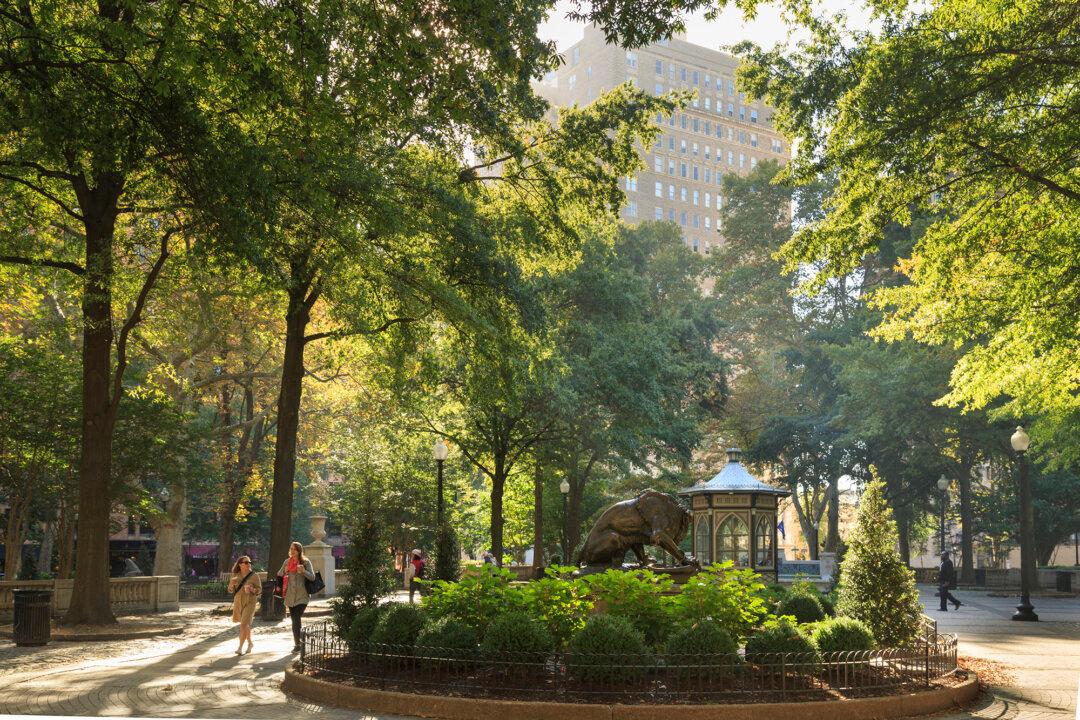“A thing of beauty is a joy forever,” poet John Keats wrote.
The human heart naturally gravitates toward beauty, finding in it joy, rest, and inspiration. One wonders, then, why our public buildings and spaces, at least in the United States, so often lack this quality. The public infrastructure we interact with on a daily basis in the United States has not been designed, as a general rule, with an eye toward beauty. Modern architecture and city planning have veered away from the aesthetic principles that underpinned the design of buildings and cities from ancient Rome all the way through the early 20th century.






